2018 Tesla Model S 75D real world range test
Tesla debuted the Model S some 12 years ago and ever since it has been known as one of the best EVs, playing a key role in driving the switch from ICE to EV. The Model S currently lives in its third generation, but there are almost no major differences on the outside, which is also the reason the model remains highly desirable on the used market.
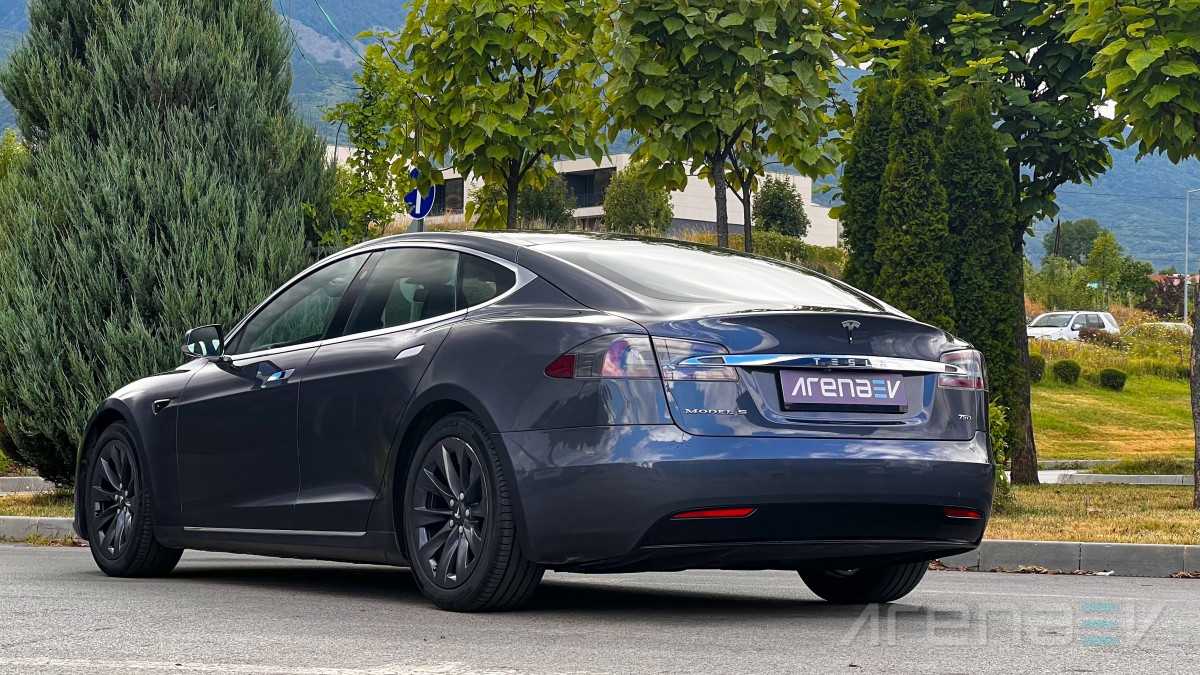
Today we are looking at the 2018 Tesla Model S 75D, which was the most popular drivetrain option at the time. It comes with a 75 kWh battery (72.6 kWh usable) and produces 386 kW (518 hp), which make the family vehicle not only practical, but also impressively fast off the line.
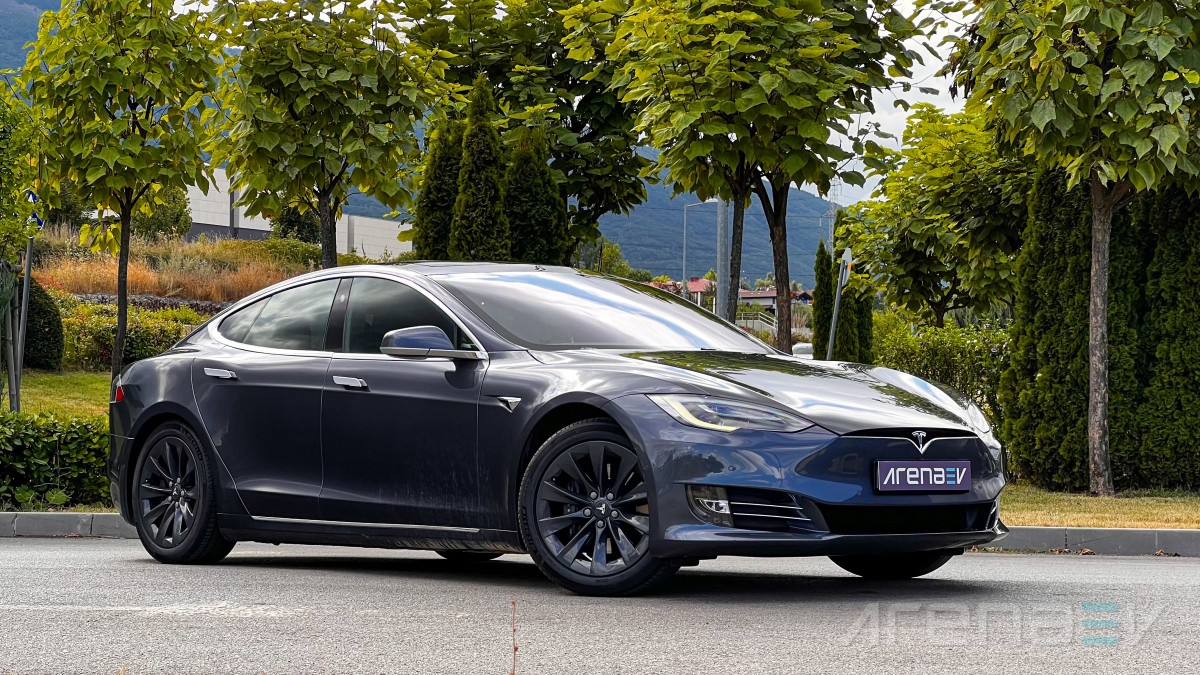
We did an in-depth review of this 2018 Model S 75D, but now we will dive into its consumption and efficiency and compare it to some modern rivals. Let’s look at what we measured on our test routes, which include constant driving at constant speeds at the same place with each car we test.
As we look into the results we understand why the Model S is so successful. Its efficiency is great even by modern standards and its smaller battery capacity is the only thing to prevent it from being a range champion. The 75D manages its consumption in a way no competitor does and the values correspond to those of a much smaller car.
At our lowest testing speed of 37 mph the Model S 75D performs in line with the Hyundai Kona. Since at that speed aerodynamics don’t play much of a role, the achivement comes mostly down to the efficient powertrain.
Once we move on to the next speed of 56 mph we see how the size comes into play. The Model S doesn’t particularly shine in this category, even though it has a low drag coefficient, the rolling resistance is clearly significant.
At the highest testing speed of 81 mph the Model S is the most efficient vehicle we’ve ever tested, matching the small and lightweight Fiat 500e. The Tesla sets an example for efficiency and even the “Most aerodynamic car in the world” - the Mercedes-Benz EQS, can't quite match it.
In conclusion, the Tesla Model S 75D is a great choice for a used car, especially if you want to travel as efficiently as possible. It should be noted that our Model S has been charged primarily at home, which is the reason why its battery is still close to its full potential when new. Its degradation over time is 6.9%, which means that the capacity left now is 66.5 kWh and our calculations are based on this number.
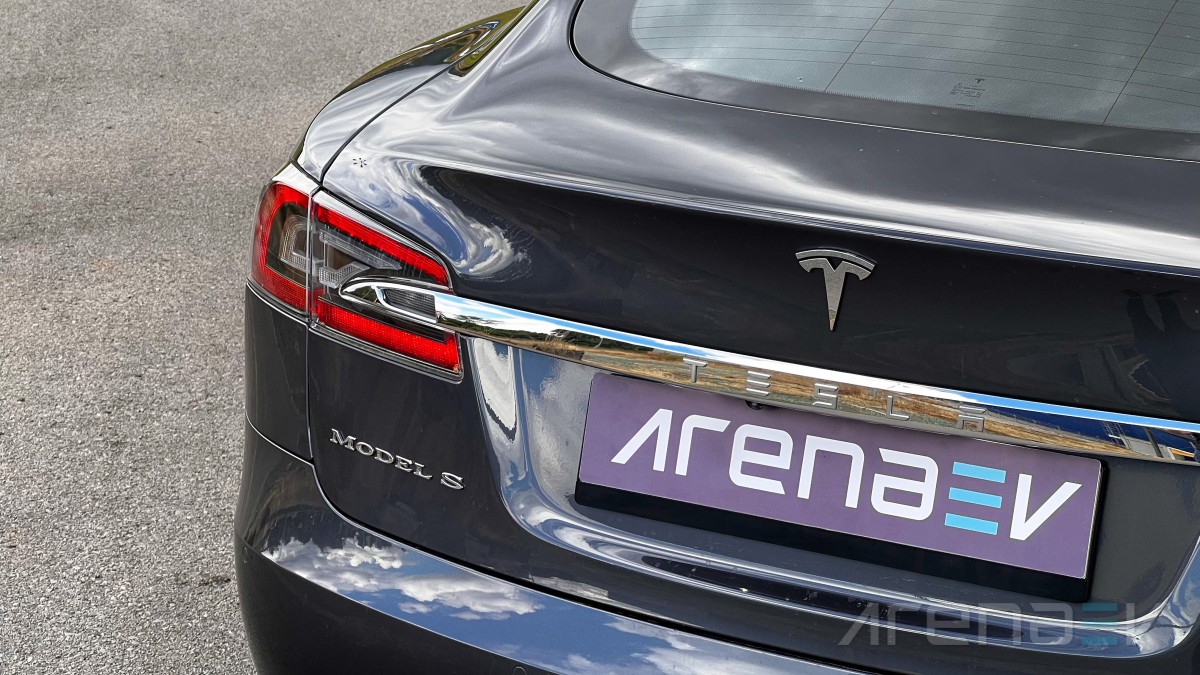
We now suggest you use the widget below to find out the Tesla’s range in every combination of speed and temperature you might need. We've used our real world tests and a complex model to provide an estimate that should be as close to the actual performance as possible.
Reader comments
- Greg
- p@r
I understand now why I see a lot of Tesla and others EV on the highway around 90-100 km/h despite the 120-130 limit (Belgium or France)
- Anonymous
- spX
so basically with these evs if you want some decent range you gotta drive them like a 90 yold since the range goes down dramatically the faster you go, the colder it is outside, etc. great cars, rly great. thank you EU leaders for pushing these do...
- missing units
- qyn
Nice intent. Please label all of the numbers in the table with units (from the prose, one might infer those are km). Annotate the table with the equivalent distance in miles (since other metrics are in miles-per-hour, and miles-per-kilowatt-hour). ...
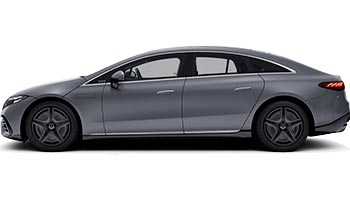

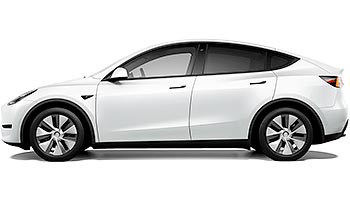
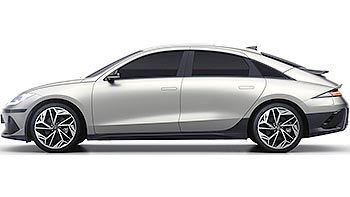
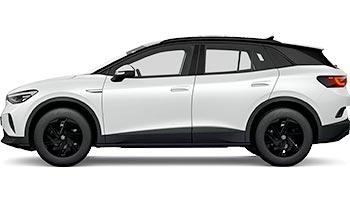
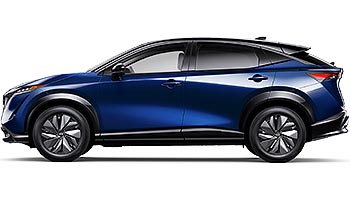
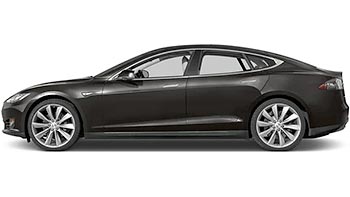
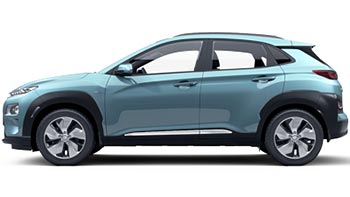
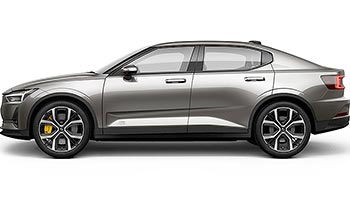
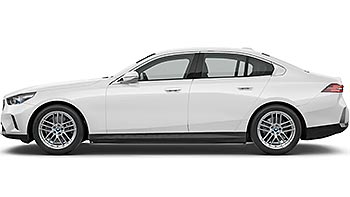
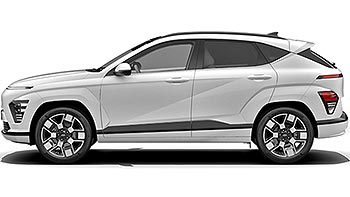
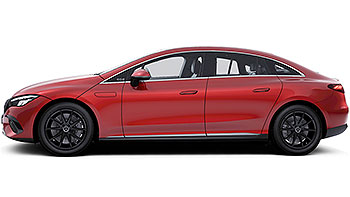
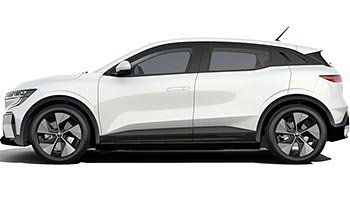
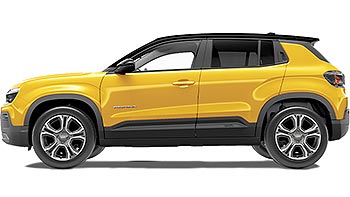
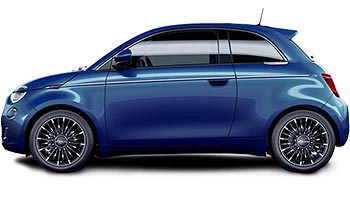





Facebook
Twitter
Instagram
RSS
Settings
Log in I forgot my password Sign up